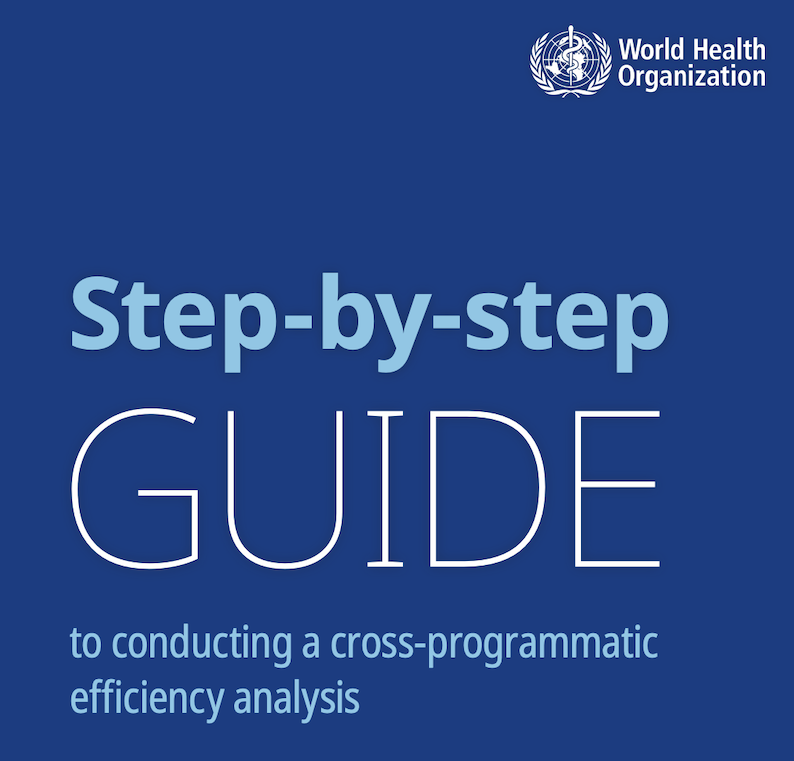The World Health Organization (WHO) has developed a diagnostic approach to enable countries to look across health programmes that are part of their health system to detect “cross-programmatic” inefficiencies. The approach uses applied health system analysis to unpack vertical programmes by their functional components and places them within the context of the broader health system.
The goal of the newly published step-by-step guide is to distill the process-related steps to provide a guide to implementation. The approach is meant to be adapted based on implementation conditions and contexts. The process guide provides the steps and templates to assist practitioners and policymakers, as well as those that might be assisting them, as to how to apply this approach practically.
It thus compliments the 2017 WHO guidance document “A system-wide approach to analysing efficiency across health programmes,” which uses applied health system analysis to unpack health programmes by their common functions to identify key areas of duplication or misalignment (i.e. “cross-programmatic inefficiencies”) that constrain the health system’s capacity to achieve outcomes.
Click here to download the new step-by-step guide.
More information related to cross-programmatic efficiency analysis can be found on the WHO technical page.


